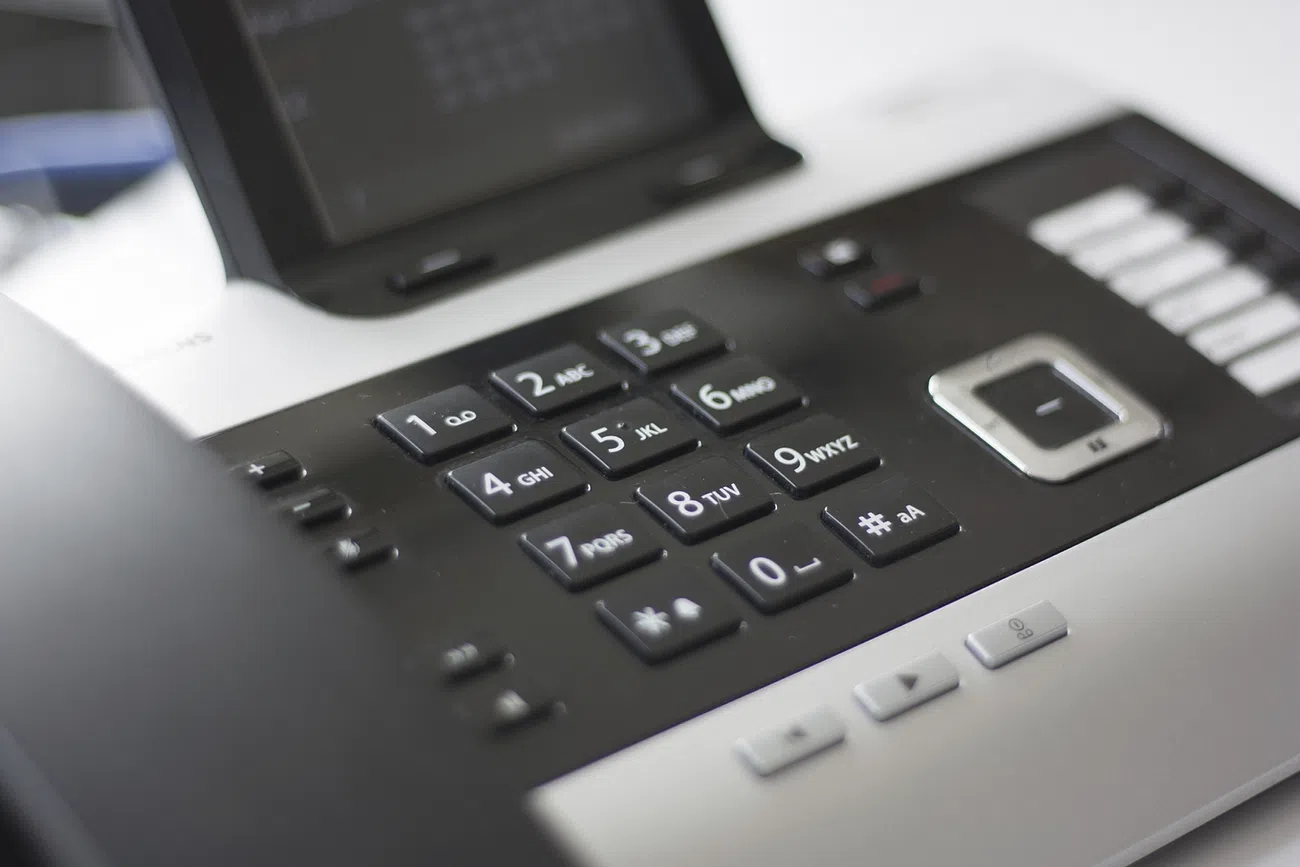What is a fax header? If you’re new to faxing, chances are this term is new, too.
The fax header is similar to the header of an email and serves much the same purpose. The biggest difference is that you have to put in the information yourself, whereas an email often fills in much of the information for you.
A fax header conveys vital information, such as sender and receiver details, and sets the tone for the entire document. It makes your fax look more professional and helps it reach the right person. Here’s how you can create one that leaves a lasting impression.
Why Are Fax Headers Important?
Although fax headers seem simple — and they are — they fulfill several important functions. Fax headers provide basic information about a fax’s sender, recipient, and content.
A fax header sheet may also fulfill legal requirements. Some industries require that outgoing faxes, especially those concerning medical or legal matters, include specific details in their headers to be considered legitimate documents. This can include sender information, time and date of transmission, and sometimes even a unique identifier or transaction code. Neglecting these details can make a fax inadmissible as evidence in legal proceedings or invalid in official transactions.
Finally, a professionally designed fax header can make your organization appear more professional. It gives you an opportunity to brand your communications with company logos, taglines, or even disclaimers. A branded fax header can make your faxes more recognizable.
What Should You Include in a Fax Header
When crafting a fax header, you should include the following header details to ensure the fax reaches its intended destination, complies with legal standards, and provides a clear summary of the document’s content.
1. Sender’s Information
Always start with the name of the fax sender or organization. Include your complete address with the city, state, and postal code. Add your telephone number and fax number so the recipient can reach you for any clarifications or follow-up actions.
2. Recipient’s Information
Add the recipient’s name, organization, and address directly below your information, along with their fax number and telephone number. If the fax ends up in the wrong place or with the wrong person, the receiver can pass it on to the correct recipient or call you to let you know it was misdelivered.
Since many fax machines are in a central office area, this information will help your document reach its destination. In a busy office, where separate documents may arrive quickly, a clear and precise header lets anyone who sees it know where the document should go.
If you’re having trouble finding a valid fax number, many businesses post them on their website. You can also check online directories if you can’t contact the recipient directly.
3. Date and Time
Place the date and time of sending near the top of the header. This time stamp indicates when the fax transmission started (when you pushed the send or arrow button to send the fax). An accurate fax time can be crucial for time-sensitive matters or establishing a timeline in legal or financial transactions. If you need to provide an audit trail for a fax, the date and time will help you do that.
Some industries need an audit trail to comply with legal regulations. This requirement is common in law, healthcare, and publicly traded companies.
4. Total Pages
Write the total number of pages in the fax, including the cover sheet. The recipient can verify that they’ve received the entire document. If the count doesn’t match, they’ll know they need to look for additional pages or contact you to avoid missing important information.
5. Subject
The subject line in a fax header tells the recipient what the fax is. A carefully chosen subject line helps prioritize the fax. In busy settings where multiple faxes arrive throughout the day, a clear and descriptive subject enables the recipient to immediately gauge the document’s importance. For instance, a subject like “Urgent: Contract Revision Needed” clearly conveys the fax’s contents and urgency.
The subject on the fax header page also helps keep your document private. People often need to fax sensitive original documents, such as legal contracts, medical records, or financial statements. A header can warn about unauthorized access. It also helps in sorting and filing, making it easier for administrative staff to handle confidential information appropriately.
Here’s a fax header example for a confidential document: “Confidential: This message and any accompanying documents are intended only for the authorized recipient. The contents belong to the sender and are privileged.”
Discover the Benefits of MyFax’s Online Faxing Service Features
If you don’t have a phone line and fax machine, online faxing services can help. MyFax has many features that streamline your workflow and make faxing business communications more convenient and secure:
- Template Library: MyFax has many templates for the perfect fax cover sheet and header. Whether you need a fax header template, a confidential fax cover sheet, or just want to follow proper business etiquette, you can find what you need.
- Availability: Online faxing allows you to send and receive fax documents, including PDFs, virtually anywhere. All you need is an internet connection.
- Integration: MyFax integrates with tools and systems you may already use, like email clients, cloud storage services, and even customer relationship management (CRM) software.
- Easy Organization and Retrieval: MyFax stores your faxes on a cloud-based platform, so you don’t need to spend money and physical resources to send, receive, and store faxes. Digital archiving makes it simple to search for and retrieve past faxes. A quick keyword search finds what you need.
- Eco-Friendly: Online faxing reduces paper and ink usage substantially, contributing to a more sustainable and eco-friendly business practice.
Whether you just need to send an occasional fax or you send thousands a month, MyFax has affordable plans at all levels. Sign up today to start faxing immediately.


